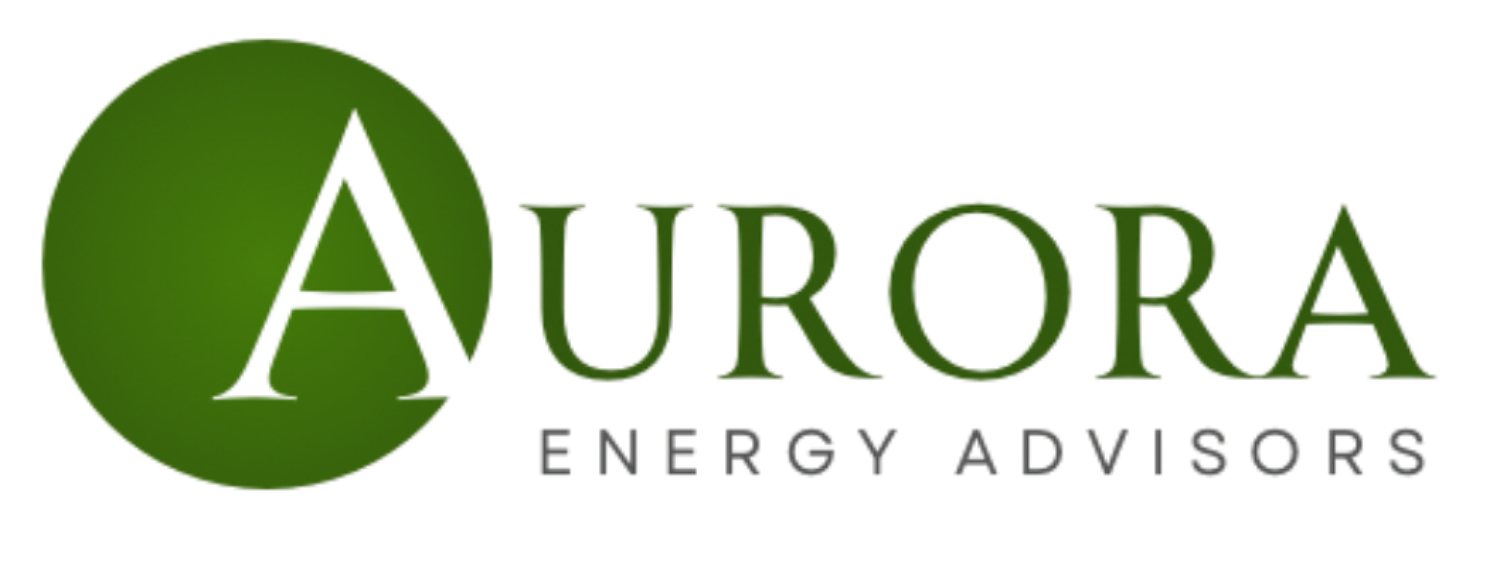LL88 and LL97 Step-by-Step Filing Guide
We have officially entered the busiest compliance month of the year.
The May 1 filing deadline applies to several major New York City energy laws — most notably Local Law 88 (LL88) and Local Law 97 (LL97). Both require substantial documentation, coordination with engineers, and attention to detail to avoid costly penalties.
Below, we outline the step-by-step filing process for each law.
Local Law 88 (LL88) — Lighting and Submetering
Who it applies to:
All buildings over 25,000 square feet or multiple buildings on a lot totaling 100,000 square feet or more.
What it requires:
LL88 mandates that commercial and common area lighting meet current energy code standards and that large commercial tenant spaces (over 5,000 square feet) are individually submetered.
Compliance timeline:
All upgrades must be completed by December 31, 2024, and the final compliance report is due by May 1, 2025.
Step-by-step process:
Hire an engineer or lighting professional familiar with LL88 to perform a compliance audit.
Identify areas requiring lighting retrofits or metering upgrades.
Complete all necessary work before the end of the year.
Have your engineer submit the final LL88 report to the Department of Buildings (DOB) via the DOB NOW portal.
Buildings that fail to comply are subject to DOB violations and potential civil penalties.
Local Law 97 (LL97) — Annual Carbon Emissions Reporting
Who it applies to:
Most buildings over 25,000 square feet (Article 320) and certain affordable properties under Article 321.
What it requires:
Each covered building must submit an annual carbon emissions report certified by a Registered Design Professional (RDP). The first reports, covering calendar year 2024 data, are due by May 1, 2025.
Step-by-step process:
Confirm your building’s LL97 classification (Article 320 or 321) to determine filing requirements.
Review your Gross Floor Area (GFA) and space type designations for accuracy.
Work with an RDP to calculate your building’s carbon emissions using 2024 energy and fuel data.
The RDP submits one of the following to the DOB:
Certification of Compliance (emissions below limit)
Certification of Non-Compliance (emissions above limit)
If applicable, begin a mediated resolution process with the DOB to mitigate or defer fines.
Penalties:
Buildings exceeding their carbon limit face fines of $268 per metric ton of CO₂ overage per year, in addition to late filing penalties.
How Aurora Can Help
Aurora Energy Advisors is managing hundreds of LL88 and LL97 submissions for clients across NYC this month. Our team is coordinating directly with engineers and RDPs to ensure every detail — from benchmarking validation to certification uploads — is handled accurately and on time.
If you are unsure whether your building is compliant, contact your Aurora account manager immediately to confirm your filing status.
Market Analysis
Electricity
NYISO Zone J prices remained steady in April, averaging $0.03 to $0.04 per kWh. As the city transitions from heating to cooling season, electricity costs are expected to rise slightly but remain well below 2023 averages.
Natural Gas
Natural gas futures remained around $1.90 per MMBtu in April, maintaining historic lows. Strong supply fundamentals continue to outweigh moderate spring demand, keeping volatility low.
Crude Oil
Crude oil traded between $77 and $81 per barrel throughout April. Market optimism around global economic growth and OPEC+ production restraint supported pricing stability.
💡 Mitchell’s Tip: Don’t wait until the last minute — confirm all LL88 and LL97 filings well before the May 1 deadline to avoid penalties and compliance headaches.
